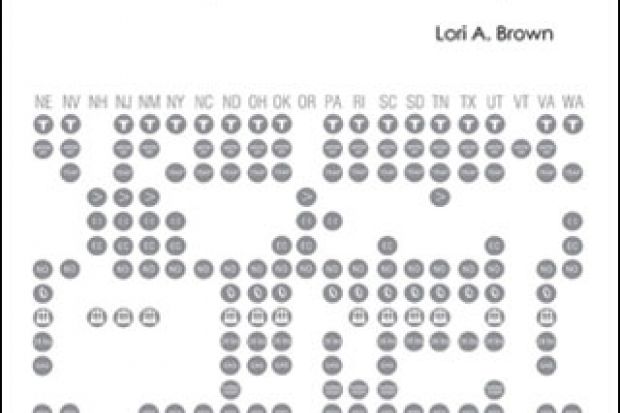One of my favourite Modernist buildings in Alberta is the Kensington Clinic in Calgary. Designed by architect Andrew King in 2005, the modest abortion clinic showcases the same stark and clean geometries as his award-winning houses. King’s design is about discretion. “There was no front door,” recalls King. “The mandate was to de-emphasize the entrance, mitigating potential activist activity.”
What can architecture tell us about abortion? This little building speaks volumes. Lori Brown’s Contested Spaces argues that it is all about architecture. She examines the state of abortion in the US, Canada and Mexico through the politics of space. The project emerged, in Brown’s words, “from the desire to force architecture to confront the political”. She scolds her fellow architects for their non-involvement in political challenges and calls for better access to reproductive healthcare. It is an unusual take on an understudied subject. Perhaps because abortion remains so polarising, especially in the US, few architectural researchers have dared to study it. It is also relatively hard to find the buildings.
Readers interested in how abortion clinics look or how to design a good one, for example, will be disappointed. There is zero information on the architects responsible for designing them. Photographs and floor plans of these “invisible” structures are strangely absent from Contested Spaces, confirming Brown’s insistence that most clinics are found in buildings designed for other purposes because the opposition to abortion remains so fierce. Instead, she has produced dozens of diagrams and maps providing striking graphic evidence of the difficulty women still face in finding choices. Typical of these graphics is a diagram showing the responses in 2007 of pharmacists in Mississippi when they were called and asked if they sold the morning-after pill Plan B. Other diagrams show the distances required to travel to obtain abortions in various regions of the US. This plethora of graphic analysis and the book’s informal tone make it feel like a PowerPoint presentation in places.
The most original parts of Contested Spaces are excerpts from interviews Brown has conducted with abortion clinic staff. Many of these interviews reveal shocking accounts of the harassment endured by healthcare providers on a daily basis. Because she is particularly interested in public space, Brown includes accounts of the deplorable tactics used by protesters outside the buildings to dissuade women seeking terminations from entering the clinics, including the use of megaphones for personal harassment and photography of the patients.
Not surprising given this context of conflict, Brown’s architectural commentary focuses on security issues: walls and fences, entry sequences, surveillance opportunities, the use of metal detectors and bullet-proof materials, and linear circulation sequences. She even worries about access to the buildings’ mechanical systems. As an architect, Brown also wants to enrich the experience of these clinics for users, and believes that elements as simple as colour choices and diffused lighting can make a huge difference. There is relatively little information on the architecture of women’s shelters or hospitals, despite the book’s subtitle.
Contested Spaces has an unexpectedly naive conclusion, given the detailed accounts of the obstacles facing providers reported in the first five chapters. Brown’s architectural solution to the problem of access is to offer abortions in every hospital, as well as in non-healthcare environments such as high schools, churches, prisons, military bases and even shopping malls. This final chapter includes minimalist axonometric drawings of these typologies, showing proposed locations of abortion services among other spaces. Including an abortion clinic at a shopping mall, says Brown, would preclude the possibility of protests, since malls are private property. The question remains: if the current operators of abortion clinics have trouble finding buildings to occupy because of the stigmas associated with ending unwanted pregnancies, why would the owners of malls be more supportive?
The oft-repeated statement that if men could get pregnant, abortion would be a sacrament seems relevant to Brown’s impractical recommendations. If men got pregnant, would we find abortion clinics in shopping malls? My guess is no. Instead, the abortion clinic would be a highly visible and sophisticated architectural typology, designed by proud architects. And it would certainly have a front door.
Contested Spaces: Abortion Clinics, Women’s Shelters and Hospitals
By Lori A. Brown
Ashgate, 254pp, £55.00
ISBN 9781409437413 and 9781472404305 (e-book)
Published 11 June 2013
Register to continue
Why register?
- Registration is free and only takes a moment
- Once registered, you can read 3 articles a month
- Sign up for our newsletter
Subscribe
Or subscribe for unlimited access to:
- Unlimited access to news, views, insights & reviews
- Digital editions
- Digital access to THE’s university and college rankings analysis
Already registered or a current subscriber? Login




